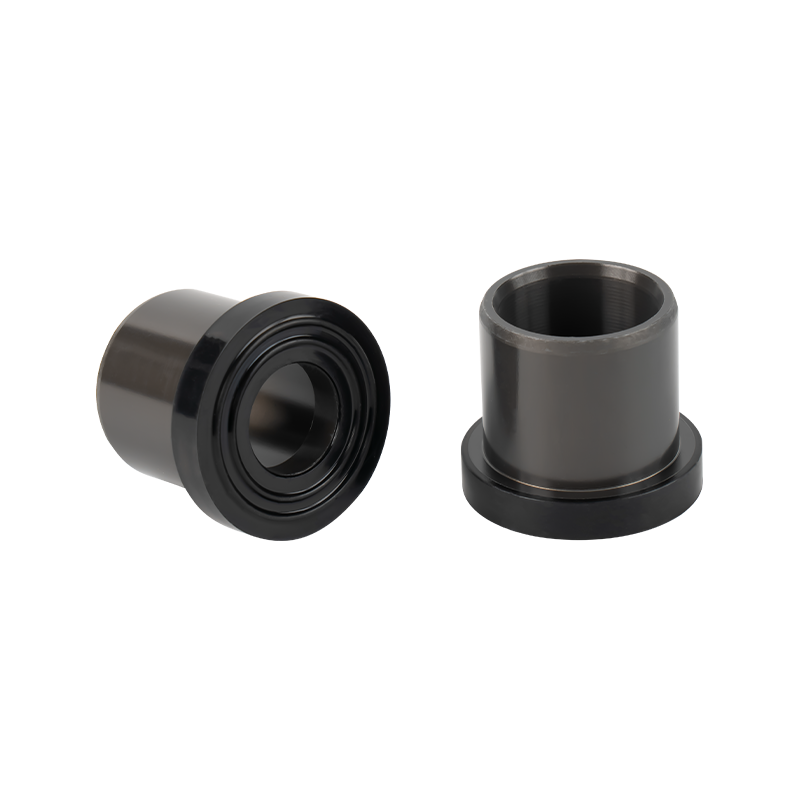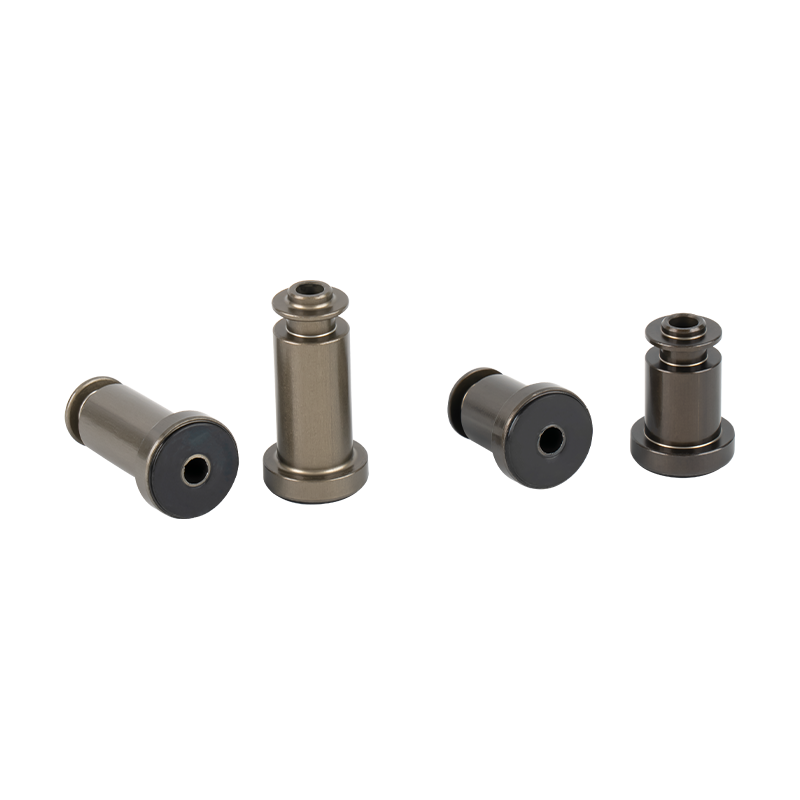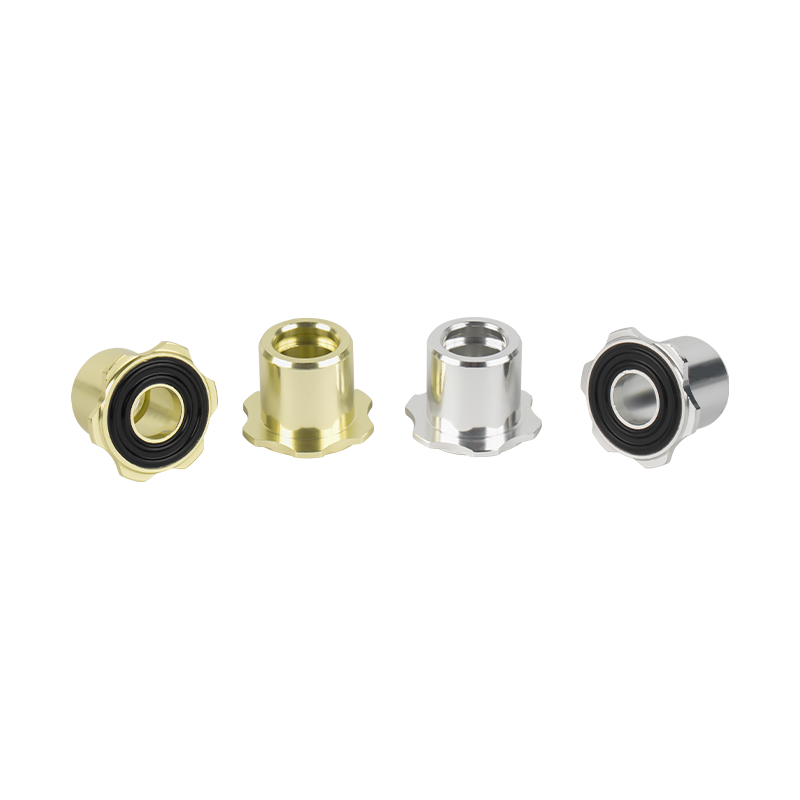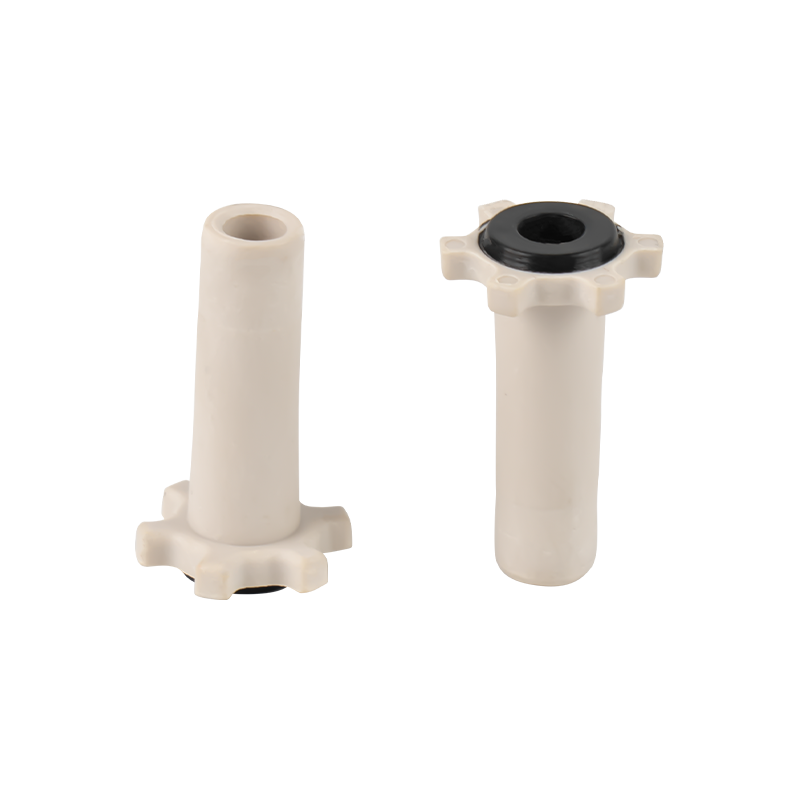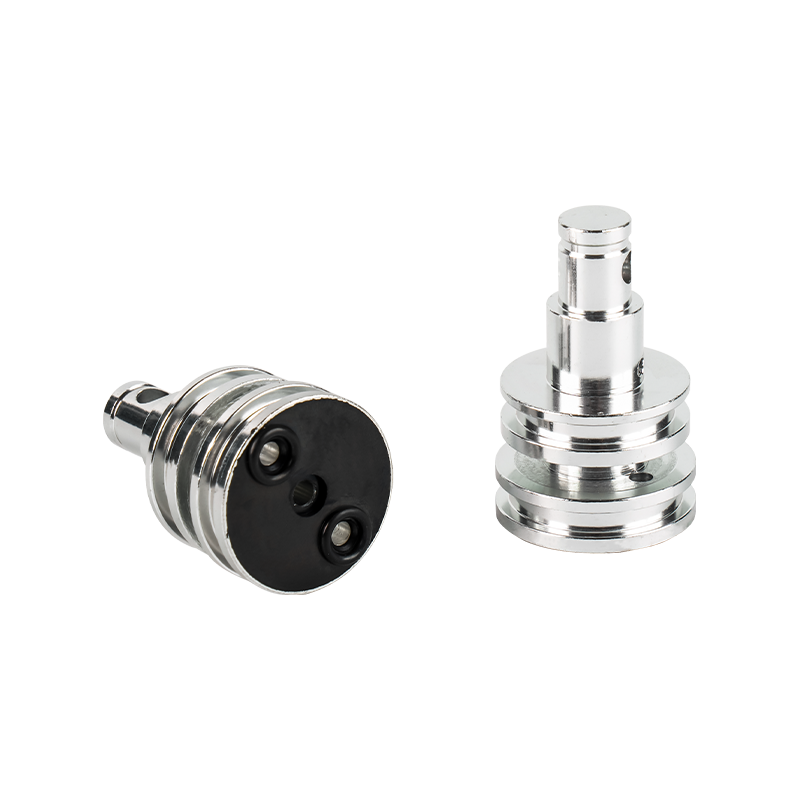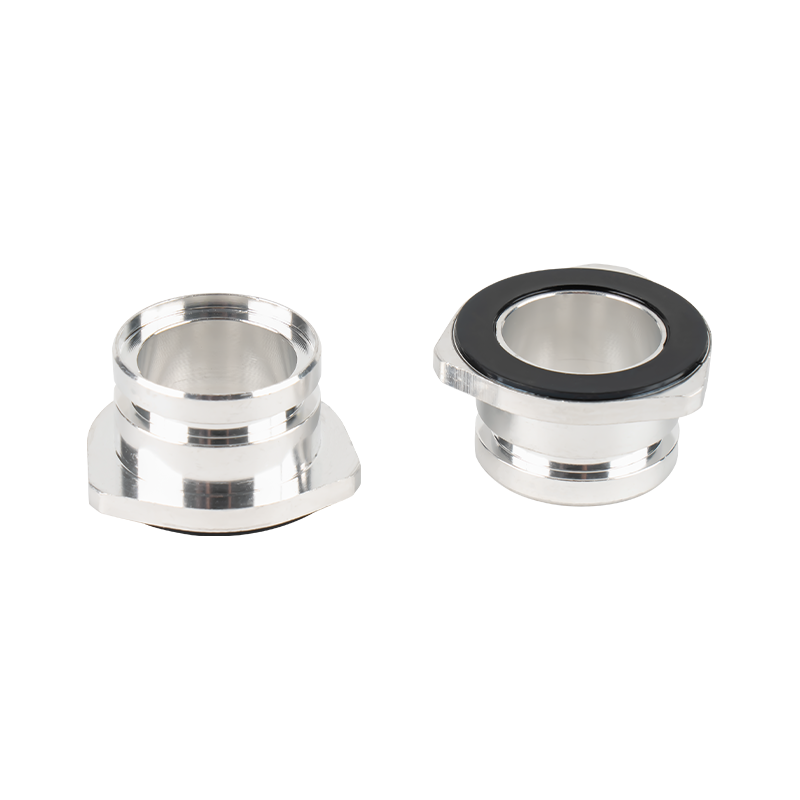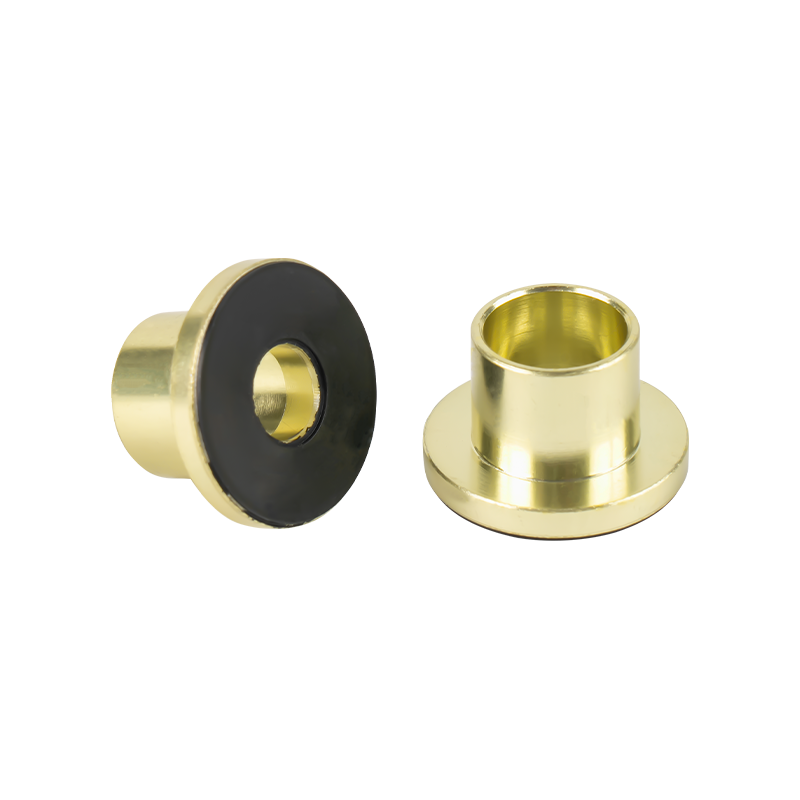Why Do Carbon Deposits on Intake Valves Reduce Vehicle Performance? A Multi-Dimensional Analysis of Its Impacts and Solutions
2025-11-07
Content
- 1 1. How Exactly Do Carbon Deposits Form on Intake Valves?
- 2 2. Why Do Carbon Deposits on Intake Valves Reduce Engine Intake Efficiency?
- 3 3. How Do Carbon Deposits on Intake Valves Affect the Normal Fuel Combustion Process?
- 4 4. Do Carbon Deposits on Intake Valves Accelerate Wear of Engine Components?
- 5 5. What Effective Measures Can Car Owners Take to Address Carbon Deposits on Intake Valves?
1. How Exactly Do Carbon Deposits Form on Intake Valves?
During vehicle operation, intake valves, as key components of the engine's intake system, are constantly exposed to high-temperature working environments. When the engine is running, the combustion of fuel produces some incompletely burned fuel-air mixtures, which adhere to the surface of the intake valves along with the intake airflow. At the same time, engine oil vapor may also enter the intake manifold through the positive crankcase ventilation (PCV) system, and together with the fuel-air mixtures, it gradually solidifies and accumulates under the effect of high temperatures. Additionally, if low-quality fuel is used, the impurities and colloidal components contained in it will further accelerate the formation of carbon deposits. Over time, a thick layer of black, hard carbon deposits forms on the surface of the intake valves, like putting a thick "coat" on them.
2. Why Do Carbon Deposits on Intake Valves Reduce Engine Intake Efficiency?
The normal operation of an engine relies on an adequate and properly proportioned mixture of air and fuel. When there are carbon deposits on the intake valves, the deposits occupy the effective intake space of the valves, narrowing the intake passage. The originally smooth intake airflow slows down due to the obstruction of carbon deposits, and the amount of air entering the engine cylinders per unit time decreases accordingly. Meanwhile, the rough surface of carbon deposits disrupts the stability of the intake airflow, preventing air from mixing evenly with fuel. This ultimately leads to a significant drop in engine intake efficiency, failing to meet the air volume required for normal combustion and laying the groundwork for reduced vehicle performance.
3. How Do Carbon Deposits on Intake Valves Affect the Normal Fuel Combustion Process?
As mentioned earlier, carbon deposits on intake valves lead to insufficient air intake and unstable airflow, which directly affects the accuracy of the air-fuel ratio. The air-fuel ratio refers to the mixing ratio of air to fuel, and only with an appropriate air-fuel ratio can fuel burn fully. When the air intake is insufficient, the air-fuel ratio decreases (meaning there is relatively more fuel), resulting in incomplete fuel combustion. This not only wastes fuel but also produces a large amount of harmful gases and unburned fuel residues, which in turn further accelerate the formation of carbon deposits. Furthermore, incomplete combustion reduces the combustion pressure inside the engine cylinders, leading to a drop in engine output power and weaker vehicle performance.
4. Do Carbon Deposits on Intake Valves Accelerate Wear of Engine Components?
The answer is yes. On one hand, if carbon deposits on intake valves are not cleaned for a long time, they will gradually harden. During the opening and closing of the intake valves, the hard carbon deposits rub against the valve seats continuously, accelerating the wear of both the valve seats and the valves and reducing the sealing performance of the valves. Poor valve sealing lowers the compression pressure inside the cylinders, further affecting the engine's power and fuel economy. It may also cause issues such as cylinder leakage and excessive engine oil consumption. On the other hand, some carbon deposit particles may enter the cylinders along with the intake airflow and rub against moving components such as pistons, piston rings, and cylinder walls, causing abnormal wear of these parts and shortening the service life of the engine.
5. What Effective Measures Can Car Owners Take to Address Carbon Deposits on Intake Valves?
First, during daily vehicle use, car owners should choose qualified fuel and avoid using low-quality fuel to reduce the formation of carbon deposits at the source. Second, develop good driving habits: avoid long periods of idling and appropriately increase the time of high-speed driving. At high speeds, the engine speed is higher, and the intake airflow velocity is faster, which helps to wash away some light carbon deposits attached to the surface of the intake valves, achieving a certain "self-cleaning" effect. Additionally, perform regular vehicle maintenance: replace the engine oil and oil filter regularly in accordance with the vehicle's user manual. At the same time, professional intake system cleaning agents can be used regularly to clean the intake manifold and intake valves, removing carbon deposits in a timely manner. If the carbon deposit situation is relatively severe, it is recommended to go to a formal auto repair shop and use the method of disassembly and inspection for thorough cleaning to restore the normal performance of the engine.

 English
English русский
русский 中文简体
中文简体